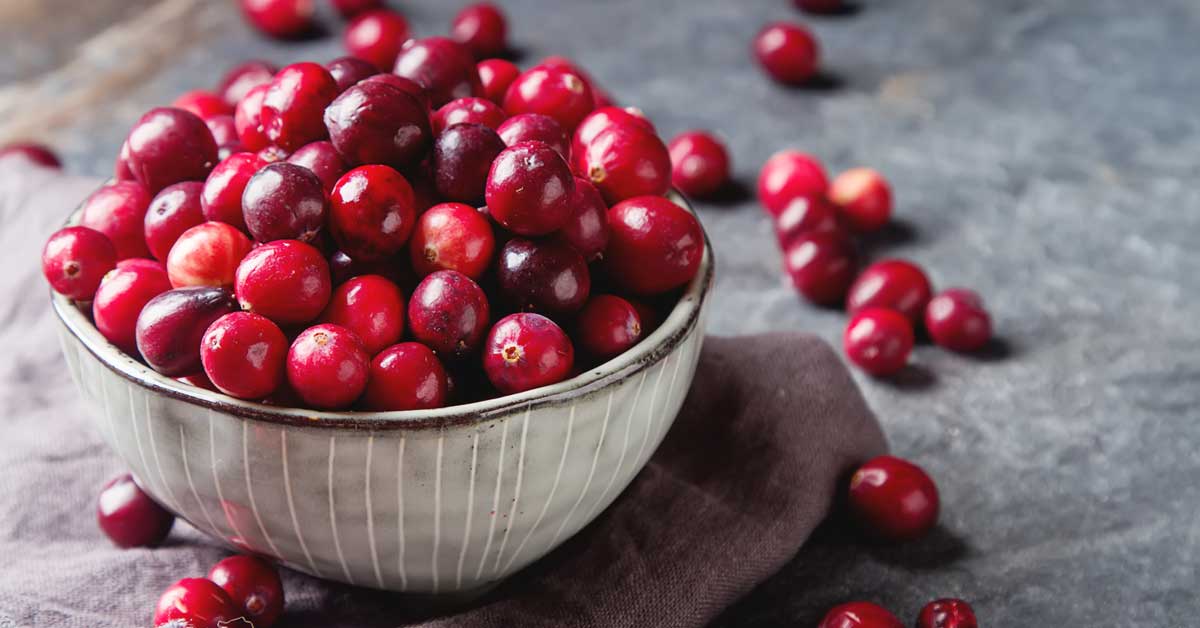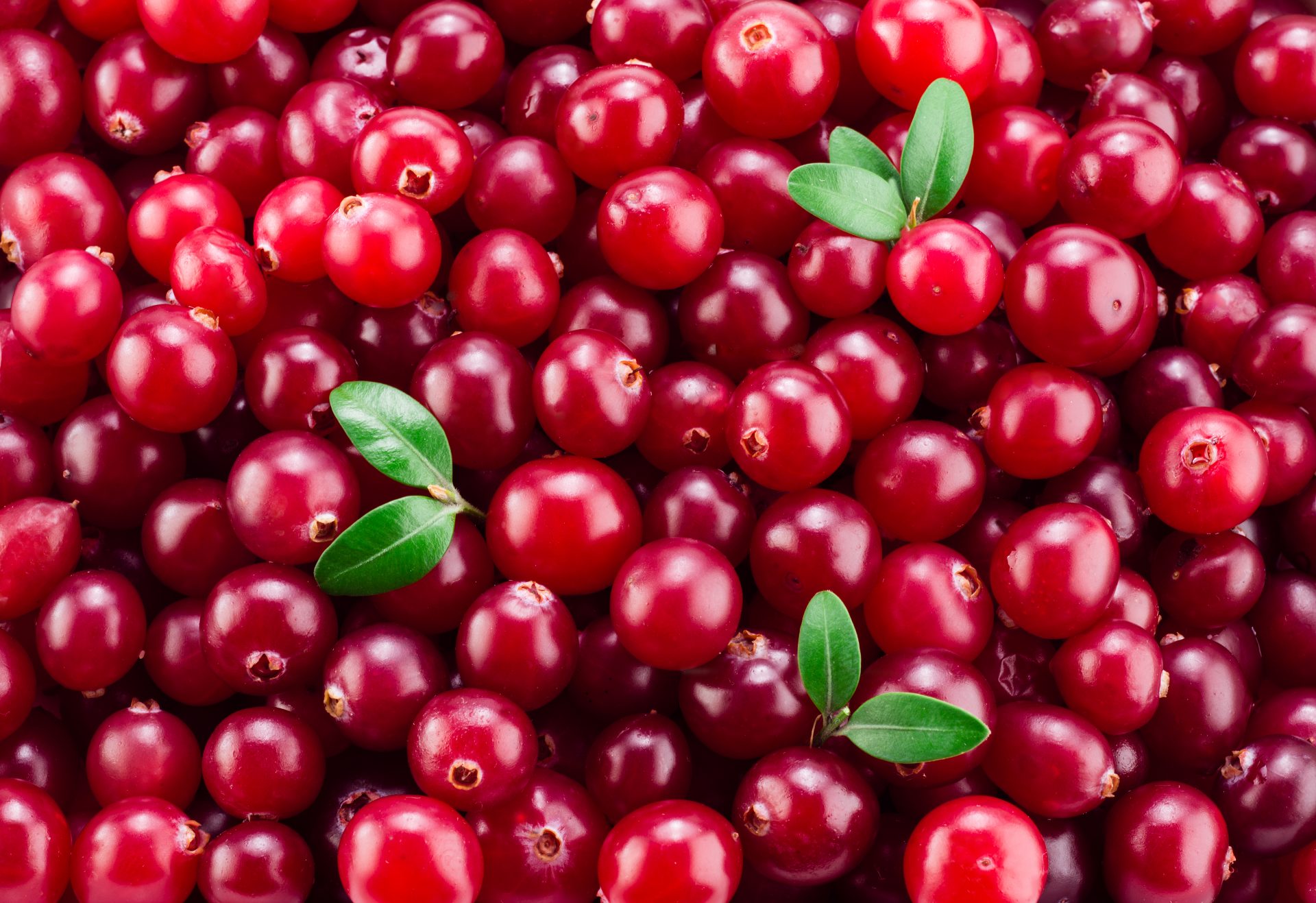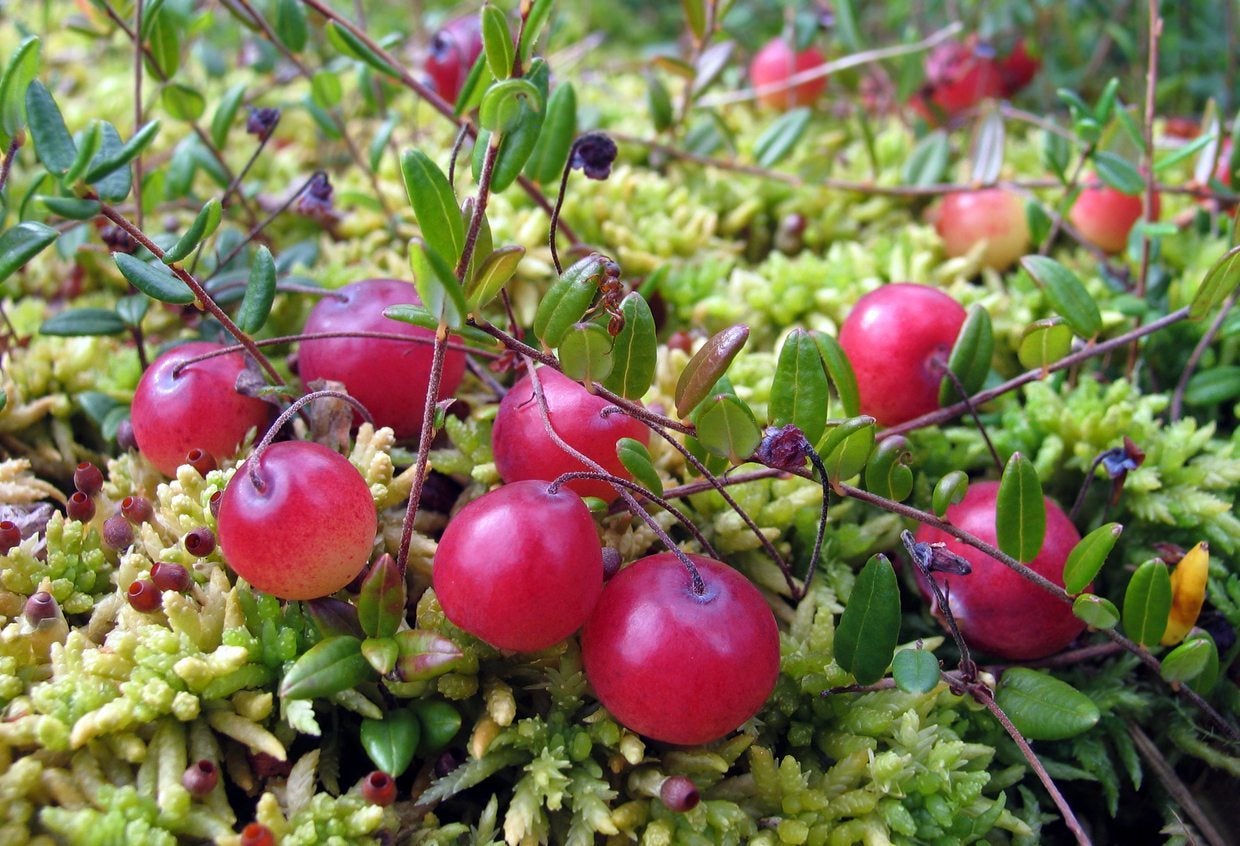Cranberry Wolf Spiders - Tiny Wonders Of The Wild
Have you ever stopped to consider the small creatures that share our natural spaces? There are so many fascinating beings, often overlooked, just going about their daily lives. Among these, you might find a particular kind of ground dweller, sometimes called a "cranberry wolf spider." It's almost a little surprising how much character these creatures have, truly. They are not the web-builders you might picture; instead, they are active hunters, preferring to roam and chase their meals rather than wait in a sticky trap.
These spiders, you know, have a bit of a special look. Their bodies often show off shades of earthy brown, but with hints of a deep, reddish color, quite like a ripe cranberry, especially when the light hits them just right. This coloring helps them blend into their surroundings, perhaps among fallen leaves or bits of dried moss, which is that, a really clever way to stay hidden from bigger creatures that might see them as a snack. They are quite quick too, moving with a sort of darting speed that can be hard to keep up with, honestly.
Their name, "wolf spider," gives you a clue about their hunting ways. They don't spin big, fancy webs to catch dinner. Instead, they stalk their prey, using their excellent eyesight and quick movements to pounce. They are, in some respects, a bit like tiny, furry sprinters of the insect world, always on the lookout for a tasty beetle or a small fly. It’s a pretty active life for these little ones, always on the move, which is sort of what makes them so interesting to observe, if you ever get the chance.
Table of Contents
- What Makes a Cranberry Wolf Spider Special?
- Where Do Cranberry Wolf Spiders Prefer to Live?
- How Do Cranberry Wolf Spiders Find Their Food?
- What Do Cranberry Wolf Spiders Eat?
- How Do Cranberry Wolf Spiders Take Care of Their Young?
- The Cranberry Wolf Spider's Home Life
- Are Cranberry Wolf Spiders a Help to Us?
- Observing Cranberry Wolf Spiders in Their Habitat
What Makes a Cranberry Wolf Spider Special?
The "cranberry" part of their common name, you know, it often comes from their appearance. These spiders can have a rich, reddish-brown color, a bit like the fruit itself, especially when they are full-grown or have just shed their outer skin. This color helps them blend into places where berries might grow, or among the dry, reddish leaves of autumn. Their bodies are usually quite sturdy, with long, somewhat hairy legs that are good for running fast across the ground. They don't have the delicate build of spiders that hang in webs; instead, they are built for speed and chasing after things, which is quite different, honestly. They have eight eyes, arranged in a way that gives them really good sight, helping them spot even the tiniest movements around them. It's like having a little personal radar system, you could say.
When you see one, you might notice their quick, almost jerky movements. They don't just sit still; they are always exploring, poking around, looking for something interesting. Their body shape is generally quite compact, making them agile hunters. They carry their egg sacs, which are little round bundles of silk, attached to their spinnerets at the back. This is a very distinctive thing about them, you know, carrying their babies around like that. It's a sign of their dedication to their young, a pretty amazing sight to behold, really. The texture of their bodies can seem a bit fuzzy, too, which helps them stay warm or blend into the rough surfaces of the ground. They are, in a way, quite well-suited to their busy, ground-dwelling existence.
Where Do Cranberry Wolf Spiders Prefer to Live?
These spiders, the "cranberry wolf spiders," tend to make their homes in places where they can move freely and find plenty of cover. You'll often find them in grassy areas, open woodlands, or even in gardens, places where there are lots of leaves, small rocks, or bits of plant material to hide under. They don't build big, noticeable webs in trees or corners of buildings. Instead, they might dig a small burrow in the soil, or simply find a cozy spot under a stone or a piece of wood. It's a bit like them having their own little secret hideouts, you know, just enough space to rest and stay safe from bigger creatures. They seem to prefer areas where the ground is a little damp but not soaking wet, allowing them to move about easily, which is quite important for their lifestyle.
Their preferred living spaces usually have plenty of insects for them to catch, too. They like areas with a good mix of sun and shade, giving them options for warming up or cooling down as needed. You might spot them scuttling across a patch of bare earth, or perhaps peeking out from under a loose piece of bark. They are generally solitary creatures, so you won't often see many "cranberry wolf spiders" gathered together, unless it's a mother with her many tiny spiderlings. They are quite good at blending in, so you might have to look a little closely to spot them, but they are definitely out there, doing their thing, which is pretty cool, honestly.
How Do Cranberry Wolf Spiders Find Their Food?
Finding food for a "cranberry wolf spider" is a very active process. Unlike some spiders that just sit and wait for their meal to get stuck in a web, these spiders go out and hunt. They use their excellent eyesight to spot movement, even from a little distance. It's like they have a built-in motion detector, you know. They move with purpose, often in short bursts of speed, then stopping to look around, listening for any tiny vibrations on the ground that might signal a potential meal nearby. They are quite patient too, sometimes waiting perfectly still for just the right moment to pounce. It’s a bit of a game of hide-and-seek for them, always on the lookout.
Their legs, which are quite strong and covered in little hairs, help them feel the ground for vibrations. It's like they can "read" the earth, picking up on the tiny footsteps of an insect. Once they spot something, they will stalk it, moving slowly and carefully, getting closer and closer without being noticed. Then, with a sudden burst of speed, they jump onto their prey, holding it firmly with their front legs. It's a quick and efficient way to catch dinner, really, and shows how well they are adapted to their hunting style. They are, you could say, masters of the surprise attack, which makes them quite effective at getting their meals.
What Do Cranberry Wolf Spiders Eat?
So, what exactly do these "cranberry wolf spiders" put on their menu? Well, they are mostly interested in smaller insects and other tiny creatures that live on the ground. Think about little beetles, small crickets, or even tiny flies that might land too close. They are not picky eaters when it comes to the small things that cross their path. They are, in a way, like the clean-up crew of the ground level, helping to keep insect populations in check. They might even go after other small spiders if the opportunity arises, which is just a little interesting to consider, really.
They don't need to "cook" their food in any way, of course. Once they catch something, they use their mouthparts to process it, extracting the good bits. It's a straightforward process for them, a very natural part of their day. They are always on the hunt, so their diet can vary quite a bit depending on what's available in their particular patch of the outdoors. It's a simple, yet effective, eating strategy for these active hunters, allowing them to thrive in many different environments. They are, you know, pretty good at making the most of what's around them.
How Do Cranberry Wolf Spiders Take Care of Their Young?
One of the most remarkable things about "cranberry wolf spiders" is the way the mothers look after their young. It's quite a sight, honestly. After a female lays her eggs, she doesn't just leave them. Instead, she gathers them into a round silk sac, a bit like a small, tightly woven ball. She then attaches this egg sac to her spinnerets, which are at the very back of her body. This means she carries her future babies with her everywhere she goes, keeping them safe and sound. It's a very dedicated form of parenting, you know, always having them close. She protects this sac fiercely, even if it means slowing down her movements a little bit. It's a truly amazing display of maternal care in the spider world.
When the little spiderlings are ready to come out, they emerge from this sac. But the mother's care doesn't stop there. Once they hatch, the tiny "cranberry wolf spider" babies, which are just miniature versions of their parents, will actually climb onto their mother's back. She carries them around for a period, sometimes for several days or even a week, until they are big enough and strong enough to go off on their own. It's like a living bus, you could say, carrying all her little ones around. This helps keep them safe from predators and gives them a good start in life. It's a pretty special bond, really, and shows a surprising level of nurturing for such a small creature.
The Cranberry Wolf Spider's Home Life
The "home life" of a "cranberry wolf spider" is generally a solitary one, except when a mother is raising her young. They don't typically share burrows or hang out in groups. Each spider tends to have its own little territory, where it hunts and rests. They are quite independent, which is pretty common for many types of spiders, actually. Their "home" might be a small crevice in the ground, a little tunnel they've dug themselves, or simply a spot under a leaf or a piece of bark that offers good cover. It's a modest setup, but it works well for their active lifestyle, you know.
They spend a good portion of their time moving around, exploring their surroundings, and searching for food. They are not creatures that stay put for long periods. Even their resting spots are often temporary, chosen for immediate safety or comfort. The female's "home life" changes dramatically when she has an egg sac and then spiderlings. Her focus shifts entirely to protecting and carrying her young. Once the young leave her back, she returns to her independent, hunting existence. It's a cycle of life that is, in a way, very straightforward and efficient for these interesting little creatures.
Are Cranberry Wolf Spiders a Help to Us?
It might seem strange to think about, but "cranberry wolf spiders" actually play a helpful part in our outdoor spaces. Because they are active hunters of insects, they help to keep the populations of many common garden pests in check. They'll eat things like small grasshoppers, crickets, and various types of flies, which can sometimes cause trouble for plants. So, in a way, they are natural pest controllers, doing their job without any help from us. It's a pretty good deal, really, having these little helpers around, working away without us even noticing most of the time.
They are part of the natural balance of things. Every creature has a role to play in the bigger picture of an ecosystem, and these spiders are no exception. By eating insects, they become a food source for other creatures too, like birds or lizards. It's like a big, connected chain, you know, where everyone has a spot. So, next time you see a "cranberry wolf spider" scurrying across your path, remember that they are doing their part to keep things in order, which is quite valuable, honestly, for the health of our outdoor areas.
Observing Cranberry Wolf Spiders in Their Habitat
If you're interested in spotting a "cranberry wolf spider," the best way to do it is to look carefully in their preferred living areas. Try gently turning over a flat stone or a piece of wood in a garden or a wooded spot. You might see one dart out quickly. Remember, they are fast! They are not aggressive towards people, but they might move away quickly if they feel disturbed. You can also look closely in grassy areas, especially where there's a bit of leaf litter. Their reddish-brown coloring can make them blend in very well, so you'll need a bit of patience, you know, to really spot them.
Watching them hunt can be quite fascinating. You might see them pause, then suddenly dash forward to grab a small insect. They are most active during the day, so that's the best time to look for them. Just remember to be gentle with their environment and put things back as you found them. It's a chance to see a small piece of nature's busy life up close, and to appreciate the unique ways these "cranberry wolf spiders" go about their daily routines. It's a pretty neat experience, honestly, to observe these little hunters in their natural home.



Detail Author:
- Name : Giovanny Harvey
- Username : fprice
- Email : stamm.bulah@hotmail.com
- Birthdate : 1977-09-24
- Address : 36149 Jaylon Inlet Isabelbury, OK 42543
- Phone : +1-680-460-3911
- Company : Harvey-Stehr
- Job : Set Designer
- Bio : Soluta possimus aliquam aut ex rerum. Nisi autem aut assumenda modi. Fugit sit voluptates cum aspernatur fugiat.
Socials
linkedin:
- url : https://linkedin.com/in/sid7150
- username : sid7150
- bio : Ut et vero rem.
- followers : 4568
- following : 463
instagram:
- url : https://instagram.com/sid_id
- username : sid_id
- bio : Illum et aliquam quas est quae cum saepe. Et fugit vero ut. Dolorem dolor cupiditate qui adipisci.
- followers : 3927
- following : 1417
twitter:
- url : https://twitter.com/srau
- username : srau
- bio : Atque et odio nihil earum. Fugiat libero aut eos autem expedita explicabo quae. Doloribus a ea velit amet quia.
- followers : 4053
- following : 1053
tiktok:
- url : https://tiktok.com/@sidrau
- username : sidrau
- bio : Mollitia laboriosam nesciunt rerum rerum sit atque.
- followers : 6910
- following : 1592
facebook:
- url : https://facebook.com/raus
- username : raus
- bio : Voluptas voluptate voluptates ducimus corporis.
- followers : 915
- following : 1155